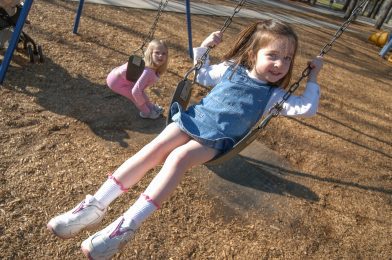Introduction
Photography is an art form that thrives on choice, and one of the most critical decisions a photographer can make is selecting the right lens. The wide-angle and telephoto lenses are two of the most versatile options in a photographer’s toolkit. Each has unique strengths and applications, but choosing the right one requires carefully assessing the situation. In this blog post, we will explore the strengths of both lens types, provide some essential questions for photographers to consider when deciding which lens to use, and discuss depth-of-field considerations.
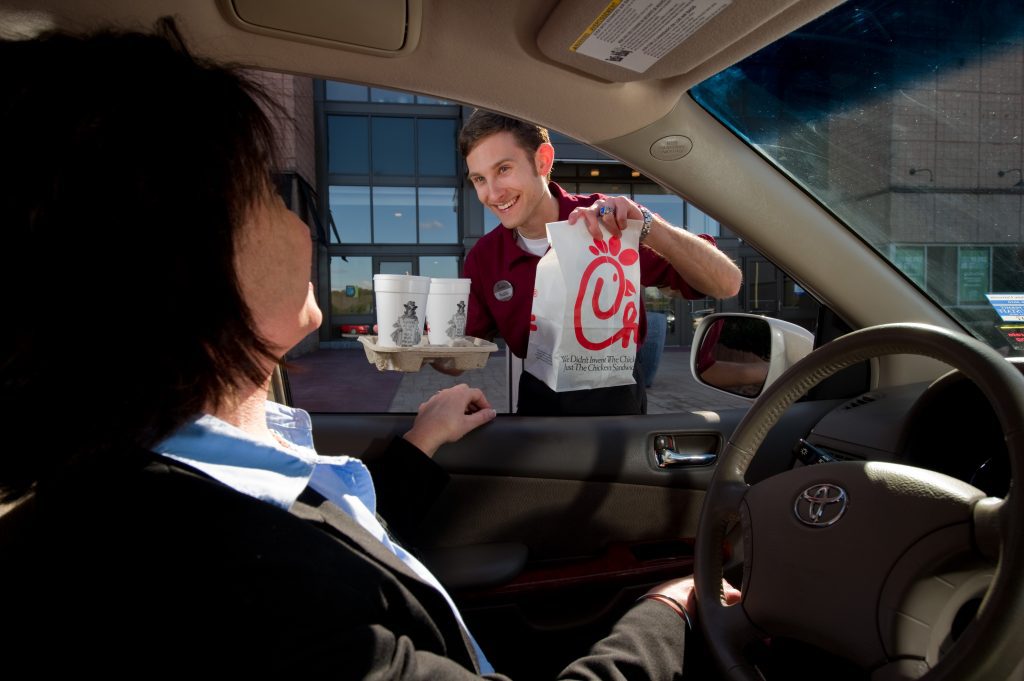
Wide Angle Lens: Inviting the Audience In
Wide-angle lenses are like magic wands that can transport your audience into the heart of the action. They excel at creating immersive, expansive scenes and are perfect for storytelling, where intimacy is essential. When you can get up close and personal with your subject, a wide-angle lens can capture the emotions, details, and environment like no other.
For instance, when documenting a person’s life, such as a portrait or documentary project, a wide-angle lens can make the viewer feel like they’re with the subject, fostering a solid emotional connection. This lens type draws the audience into the scene, making it one of the most impactful choices for such scenarios.
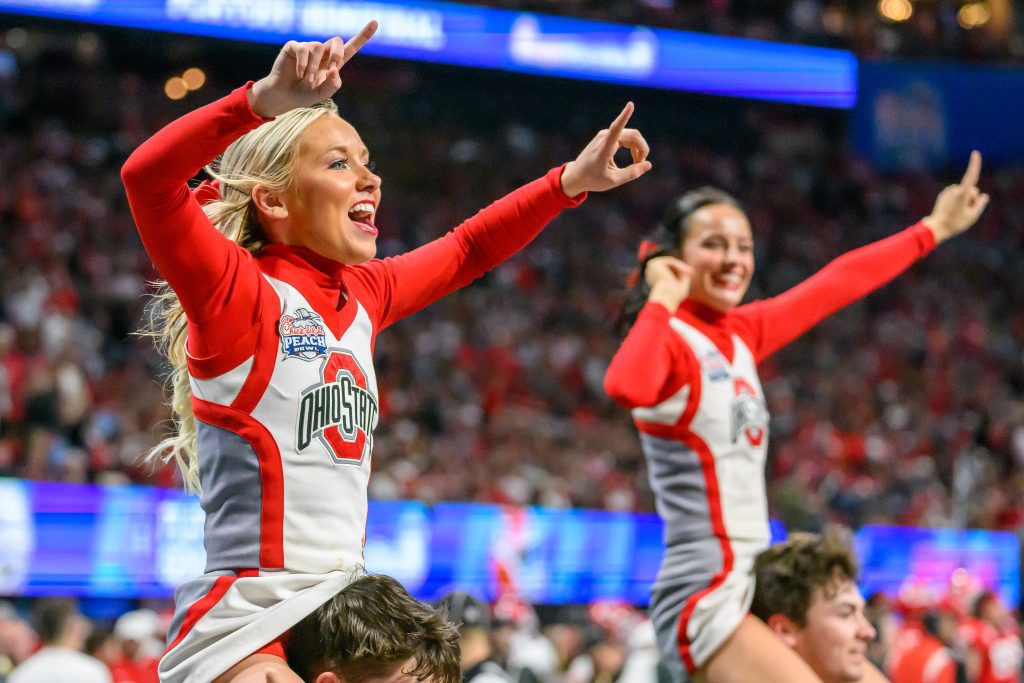
Telephoto Lens: Bringing Distant Moments Closer
On the other hand, telephoto lenses are a photographer’s go-to when distance is a factor. They allow you to get close to your subject even when you physically can’t. In situations like capturing a speaker on a stage or an issue at a significant distance, telephoto lenses shine. For example, a 100-400mm lens can be invaluable during meetings or conferences when you need to get closer to your subject without physically intruding.
Similarly, sporting events demand telephoto lenses due to the physical barriers between the photographer and the action. These lenses help you bring distant subjects closer, creating stunning, detailed shots of athletes in action. Moreover, using remote cameras can be a clever workaround to achieve the desired proximity in situations where you can’t be physically present.
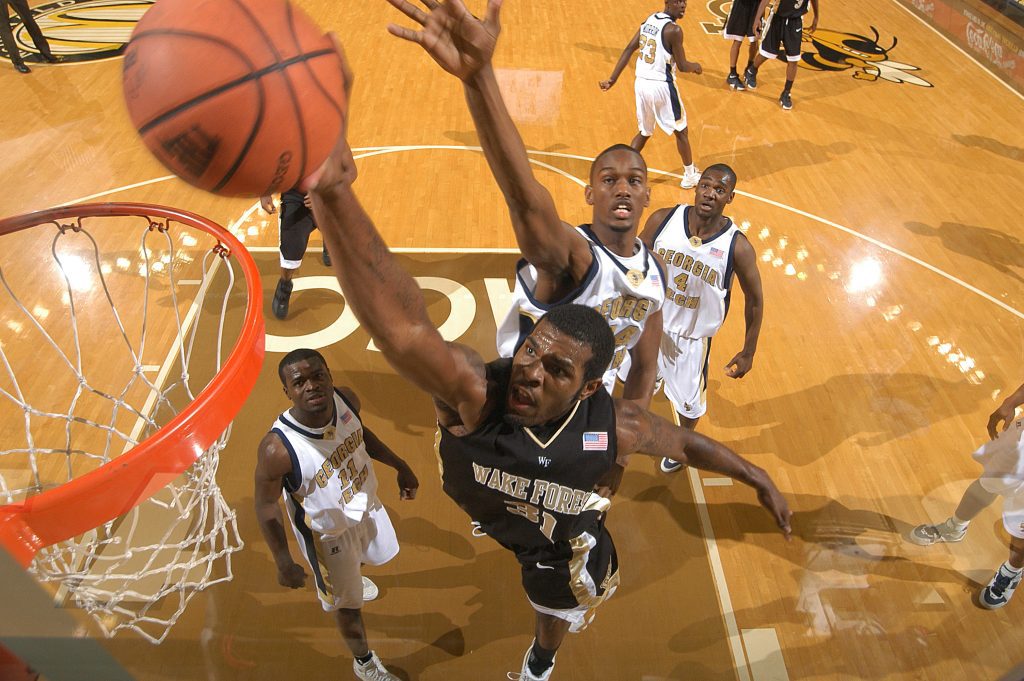
Critical Questions for Lens Selection
- What is my subject? Consider whether your subject is a person, landscape, or object. This will influence whether a wide-angle or telephoto lens is more appropriate.
- How close can I get? Assess your proximity to the subject. If you can get physically close, a wide-angle lens might be ideal. If you need to maintain distance, consider a telephoto lens.
- What is the story or mood I want to convey? Wide-angle lenses excel at creating immersive scenes, while telephoto lenses can isolate subjects. Think about the emotional impact you want to achieve.
- What is the lighting condition? Generally speaking, the standard rule is to make the shutter speed equal to your focal length when hand-holding your camera. For example, if you shoot with a 200mm lens, you want to keep your shutter speed at 1/200 sec or above to avoid blur from the camera shake. The Aperture is the other factor in choosing a lens for a lighting situation—the lower the ƒ-number, the better the low-light performance. Usually, ƒ/2.8 or faster is needed in very dark conditions.
- Do I need supplemental flash? Consider whether you’ll need supplemental flash to illuminate your subject correctly, especially in low-light conditions. Telephoto lenses may require more powerful flash units at a distance. Also, if you need more depth of field, as I did with the remote camera on a backboard for basketball, then you need to use strobes like I did to light the entire basketball court.
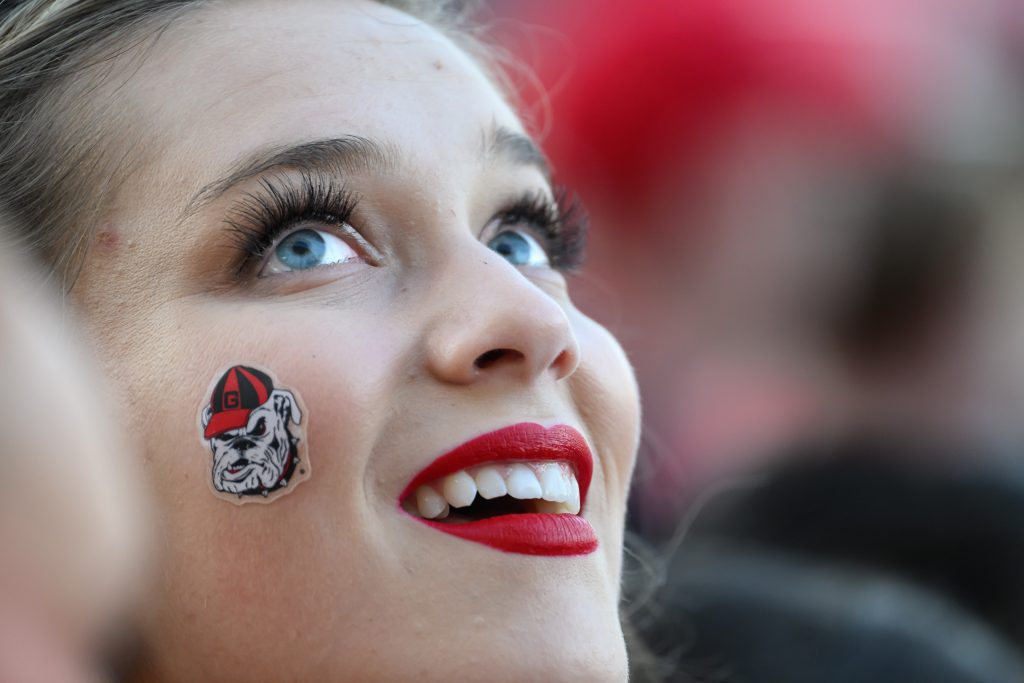
Depth-of-Field Considerations
Depth-of-field (DOF) is another critical factor when choosing between wide-angle and telephoto lenses. Wide-angle lenses naturally have a deeper DOF, making them suitable for landscapes and scenes where you want everything in focus. Telephoto lenses, on the other hand, have a shallower DOF, which can be used creatively to isolate a subject from its background, perfect for portrait photography.
In conclusion, choosing between a wide-angle and telephoto lens is not arbitrary. It should be a thoughtful decision based on the specific requirements of the situation and the story you want to tell. By asking the right questions and considering the depth of field, you can maximize the potential of your lenses and capture truly captivating photographs that resonate with your audience. Remember, the lens you choose can make all the difference in how your images turn out, so choose wisely and creatively.

